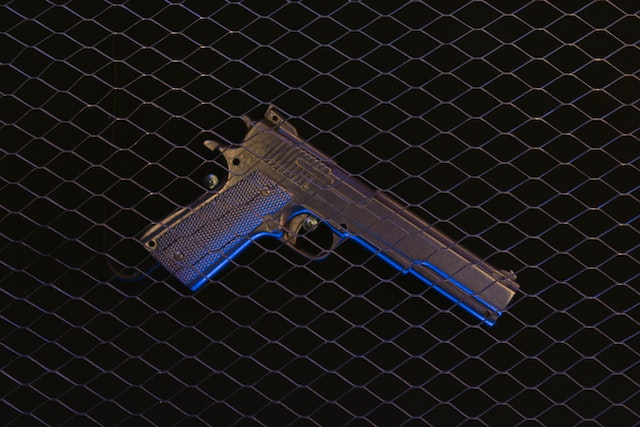For concealed carriers, winter means thicker fabrics and layers. This makes concealing a firearm and spare mag more challenging.
Planning and preparation can make the difference between limiting your options to a tiny—380 subcompact or finding room for a single-stack 9mm. The secret to this is the cover garment.
Base Layers
A layering system is best to stay warm through concealed carry clothes for winter without turning up your thermostat. This consists of a base layer that wicks sweat away from the skin, a middle layer to retain body heat, and an outer shell to protect against wind and cold.
Wool and some synthetic fabrics are excellent base layers for cold weather. They wick moisture well and help keep you dry by pulling it to the surface for evaporation. If you’re looking for a more comfortable and stylish option, try silk, which looks luxurious on the body and is incredibly warm.
Puffy down jackets and similar layers insulate your core, helping you stay warm by trapping air pockets around the body. Keep a spare pair of gloves in your coat pocket so that when your fingers get cold, you can quickly rewarm them using your body heat. Add a beanie and scarf to the mix for extra warmth in your head, neck, and chest.
Mid-Layer
Unlike warmer weather, where wearing light fabrics and minimal layers is often best, winter is the season for thicker garments. This brings in a new layer of concealed carry choices and challenges.
A heavy outerwear layer like a coat or jacket with an outside waistband or pocket holster makes it easy to keep your weapon on you while protecting you from cold weather elements.
Another great option is a tactical jacket with a concealed carry vest — this allows you to carry your weapon in the vest with a holster inside.
While the added layers of winter clothing can make concealing a firearm much more accessible, they can also add obstacles to accessing your gun during a self-defense encounter. Make sure you practice drawing from concealment while wearing your winter gear and consider alternative carry methods that work for you, such as a belly band or shoulder holster.
Top Layer
During winter, it’s essential to have an outer layer that doesn’t just keep you warm but also blocks wind and rain. This is an excellent time to use a wool pea coat, down puffer, or even a rain jacket made of breathable fabric.
Another thing to remember is that cotton shirts are not great for cold weather, as they tend to absorb moisture and trap it next to your skin. A good alternative is a stylish, warm silk shirt that will help conceal your firearm and provide heat insulation.
Other things that can help you stay warm include having a hot water bottle in your bed at night and keeping spare hand warmers in your coat pockets to rewarm your hands when they get cold. Lastly, moving around and exercising regularly boosts blood circulation, which can help your body maintain its core temperature without needing to turn up the heating.
Bottom Layer
When the more astonishing weather sets in, it’s time to pull out those heavier coats, jackets, and sweaters. It’s also time to reevaluate your concealed carry wardrobe and options. Thankfully, thicker fabrics and layers can make it easier to conceal a firearm and minimize printing.
In addition, there are many options for cover garments (think cardigans, blazers, and flannels) that can similarly hide a pistol to a shirt and look great. As with shirts, consistent practice, and safe training are essential to successfully drawing from concealment when wearing a cover garment.
Finally, winter is an excellent time to consider carrying outside the waistband in a holster or inside the band with a belt. Both options can eliminate printing and make you more comfortable while still providing the level of accessibility you want in a self-defense situation. The best way to determine if your preferred carrying method will work with your winter clothing is to experiment and practice before you head out in colder temperatures.

